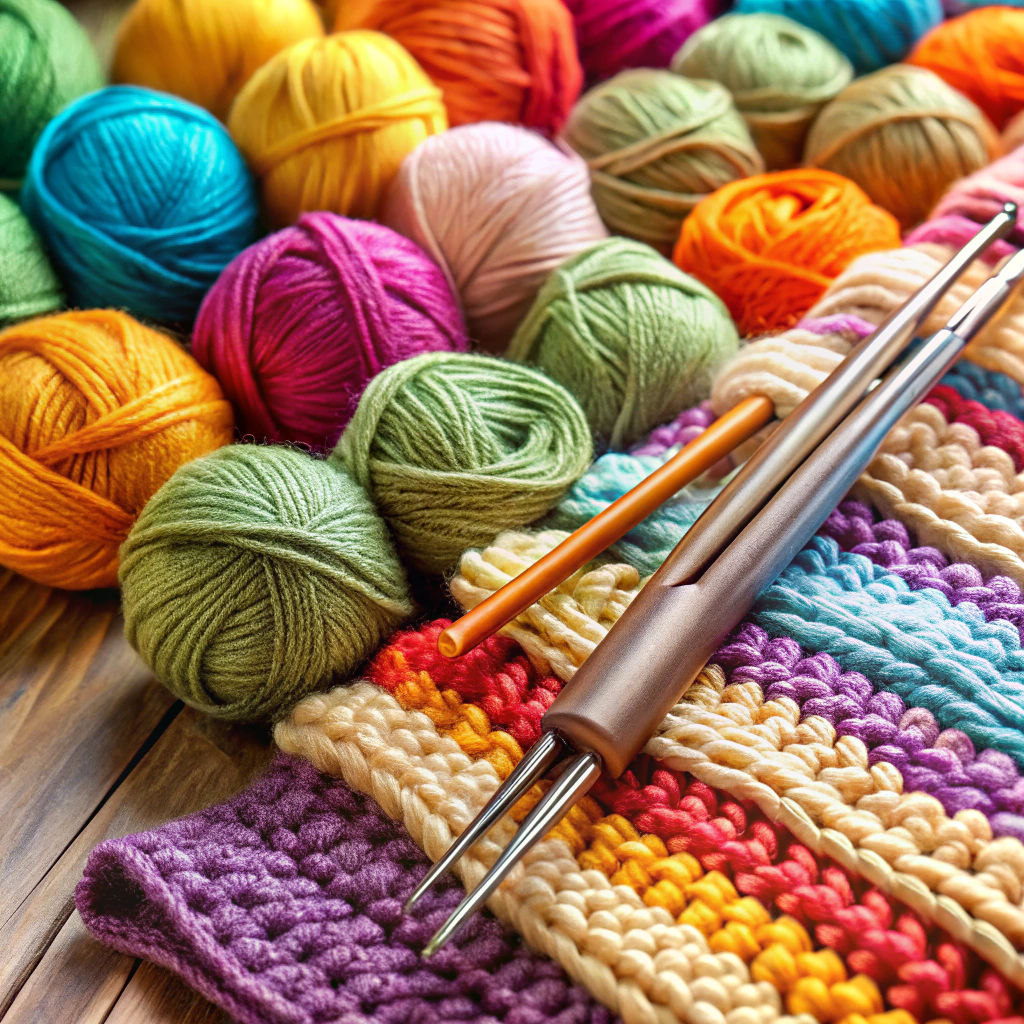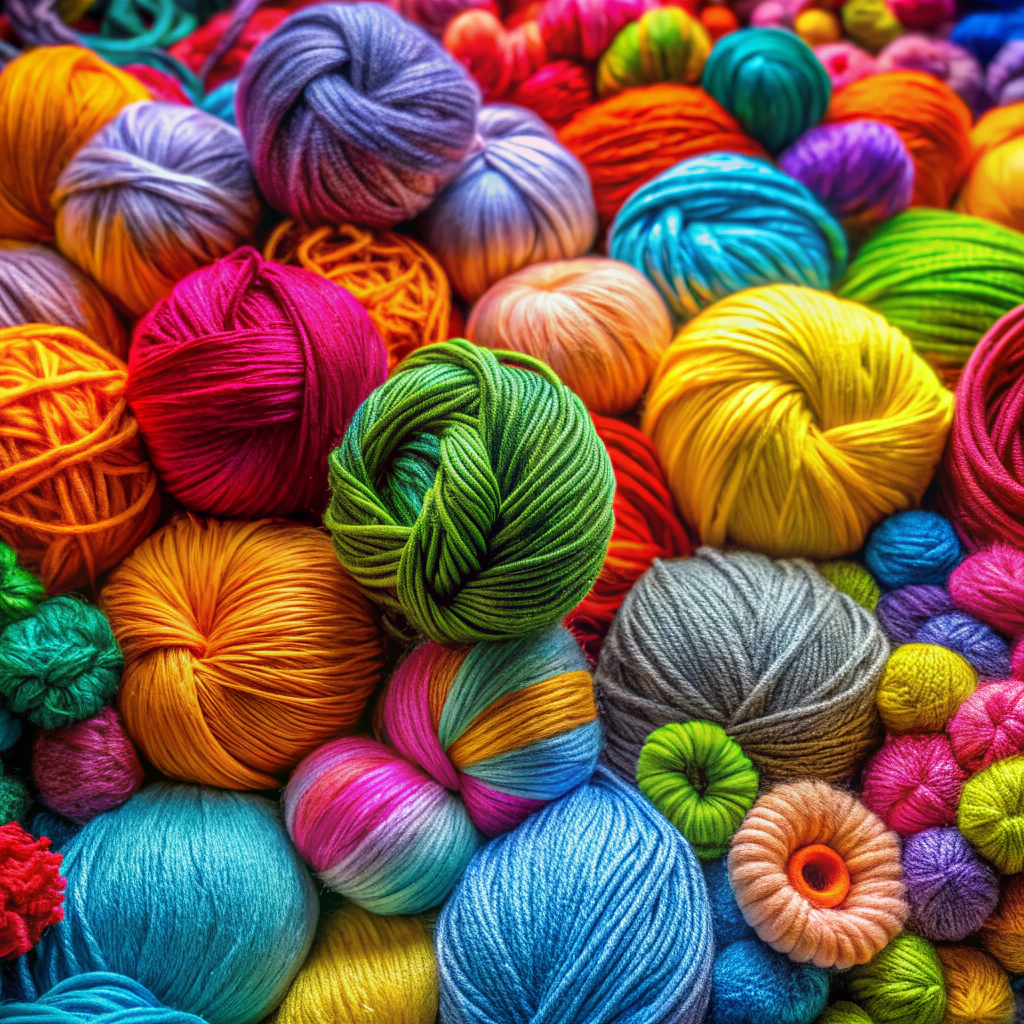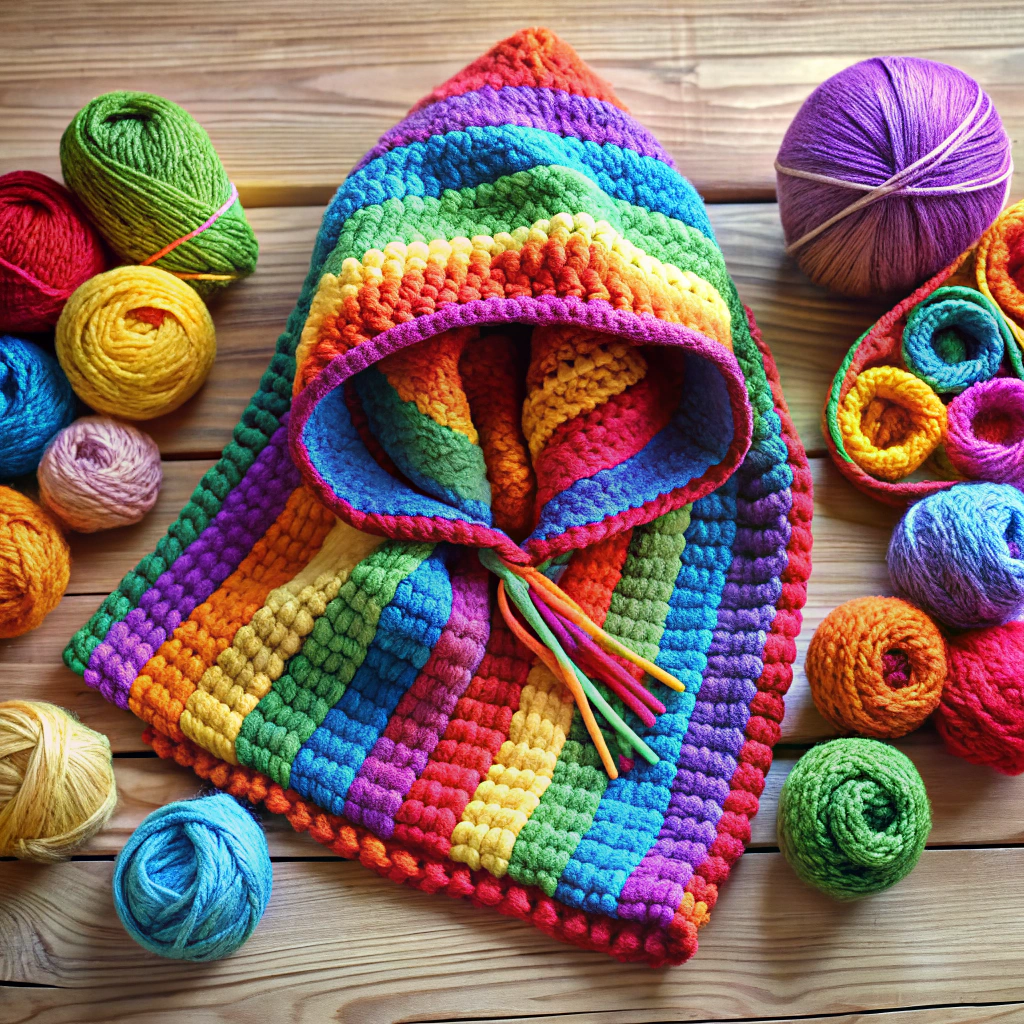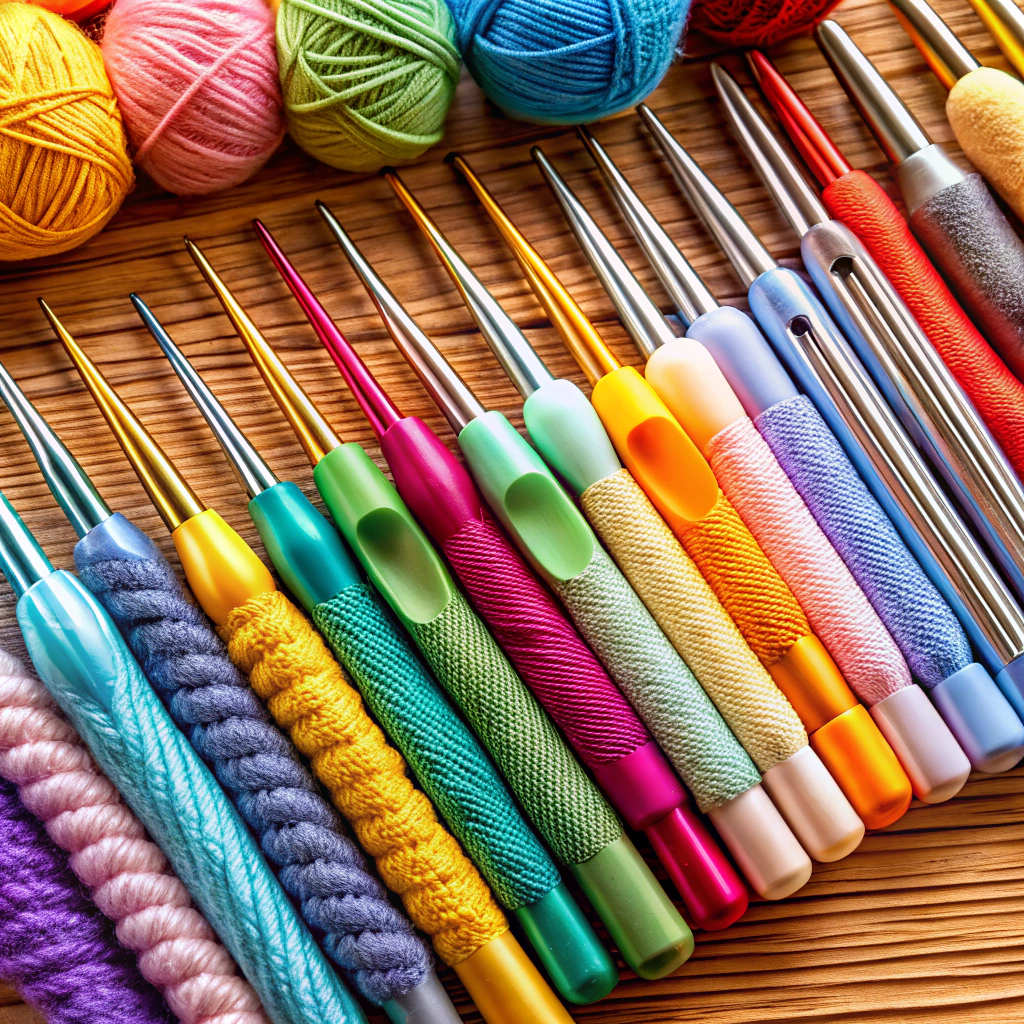Discover how to calculate the number of crochet chains needed to reach 36 inches.
Feeling a bit tangled trying to figure out how many crochet chains make up 36 inches? You’re in the right yarn ball! The magic number lies in the details: yarn type, hook size, and your unique gauge. By the end of this article, you’ll be expertly chaining away, knowing exactly how to measure, adjust, and never end up a stitch short (or long). Let’s dive into the stitches and hooks, and unravel the mystery together!
Key takeaways:
- Crochet chain length depends on yarn and hook size.
- Gauge determines stitches per inch.
- Test swatch and measure for accurate gauge.
- Designers use stitch multiples for adjustable patterns.
- Always round up when measuring chains.
The Quick Answers

Let’s dive right into the numbers. First things first, crochet chain length directly depends on your yarn and hook size. No “one size fits all” here!
To start, understand your gauge. Gauge tells you how many stitches per inch a particular yarn and hook combo will produce. If your gauge is 4 stitches per inch, you’ll need to crochet 144 stitches to reach 36 inches. Math doesn’t lie.
But wait, what if you’re gearing up for a big chunky scarf and your gauge is 2 stitches per inch? Well, guess what? You will need only 72 stitches.
Once you’ve figured out your gauge, grab your favorite hook and do a test swatch—maybe 10 chains. Measure it. Adjust your gauge if needed. Easy-peasy.
And voila! You’ve got your magic number of crochet chains for 36 inches. Keep your measuring tape and calculator handy, and you’ll nail it every time.
Gauge/Stitches Per Inch
Gauge plays a sneaky but crucial role. It determines how many stitches you get per inch. Essentially, it’s the Goldilocks of crocheting – not too tight, not too loose.
Here’s how to get a grip on your gauge:
- Your yarn’s thickness matters. Chunky yarn? Fewer stitches per inch. Thin, delicate yarn? More stitches.
- Hook size is the sidekick. A larger hook means fewer stitches per inch, and a smaller hook means more.
- Your tension is the wild card. Relax while you crochet, and the stitches might loosen. Stress out, and they tighten up like they’re heading into battle.
Check your yarn label for its recommended gauge, but do a test swatch to see how your personal style lines up. This is your best bet to avoid surprises. Crochet a small square, measure it, and do some simple math to figure out how many stitches per inch you’re getting.
Test For Yourself for Sizing
Grab some yarn and your trusty hook. Now crochet a chain that’s at least 6 inches long. No, we’re not asking for the world, just a small runway for your stitches. Lay it flat and measure it with a tape.
Why? Because your personal tension plays a starring role here. Loose, relaxed stitches? You’ll need fewer chains. Tight, perfectly tensioned stitches? Brace yourself for more chains.
- Remember:
- Bake it into your routine to check if you need to swap hooks to get that Goldilocks zone—just right.
Also, don’t crochet like you’re in a speed race. Breathe. A consistent pace gives a consistent gauge. And that’s what we aim for, right?
Lastly, different yarns react differently. So, changing from acrylic to cotton might just change your crochet world. Experiment with various types, and you’ll soon be the Sherlock Holmes of your stitches.
That’s it. Easy peasy, right?
Tricks Designers Do
Designers have some nifty tricks up their sleeves to make pattern creation smoother. They often use standard stitch multiples to ensure patterns are easily adjustable. This means they decide on a base number of stitches that can be repeated across the piece. So, if your gauge gives you a certain number of stitches per inch, you can multiply that by 36 to get a rough estimate of how many chains you’ll need for a 36-inch project.
They also sneak in foundation stitches to give projects more flexibility. Instead of working with just the initial chain, they might begin with a foundation chain-less stitch, which combines a chain and a stitch simultaneously. This helps to adjust tension better.
Some designers rely on stitch markers like a squirrel relies on acorns. Adding markers every few inches while chaining can help you keep track without going cross-eyed. This ensures you’re chaining just the right amount without losing count.
Worksheet Details Below Shown in Download
Here’s where a little math magic comes in handy! To get you from A (skein) to B (finished piece), let’s tackle the essentials that will make your life a breeze.
First, grab a ruler and your favorite yarn, and create a swatch with your intended hook size. Measure the number of chains you’d get per inch. This nifty bit of data is your “chain gauge”.
Now, here’s a pro-tip: always round up. Nobody likes coming up short—literally! Measure twice, chain once, they say.
Need a formula? We’ve got you covered. Just plug your numbers into our worksheet for precise chainage. Seconds spent here will save you hours later.
Resulting or wary, it’s worth a free coffee run while crocheting wait times shrink faster than your last batch of laundry. Try your hand at the drill, you’ll be chaining up a storm!
Beginning Chain(s)
To kick off any crochet project, you need to make a foundation chain. This initial series of stitches determines the width of your piece. Here’s the scoop:
First, keep your starting chain loose. Tight chains can distort your work and make the following rows a big headache.
Counting is key. Make sure to count each chain carefully; it’s easy to lose track when binge-watching your latest series.
If you need an exact length, use a measuring tape. Some yarn stretches, so measure as you go to avoid surprises.
Lastly, if you mess up, no worries. Crochet chains are super easy to undo and redo. Just pull the yarn and try again.
Voila, you’re ready to dive into your project!
Why Gauge Matters?
Gauge is like the DNA of your crochet project. Tiny stitches hold massive importance. If your gauge is off, that baby blanket might turn into a baby doll blanket—or worse, a baby elephant blanket.
What is it? It’s the number of stitches and rows within a specific measurement, usually inches. Here’s why it counts:
First, yarn weight affects gauge. You don’t want to mix up your delicate lace weight with chunky yarn unless you’re into extreme crochet makeovers.
Second, your hook size matters too. That 4.00 mm hook versus that 5.00 mm can mean the difference between a super cozy scarf and one that could double as a potholder.
Third, everyone’s tension is unique. Some of us crochet like we’re chasing a runaway train, while others are as relaxed as cats in a sunny window. This affects how tight or loose your stitches turn out.
Ultimately, matching the gauge ensures your masterpiece ends up just the right size. Who knew precision could be so fun?




